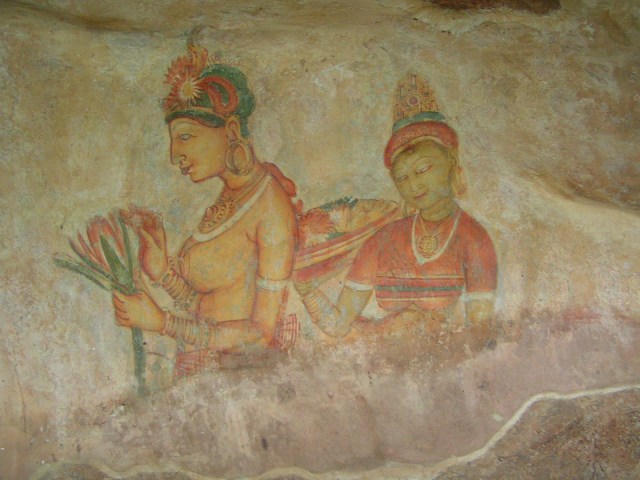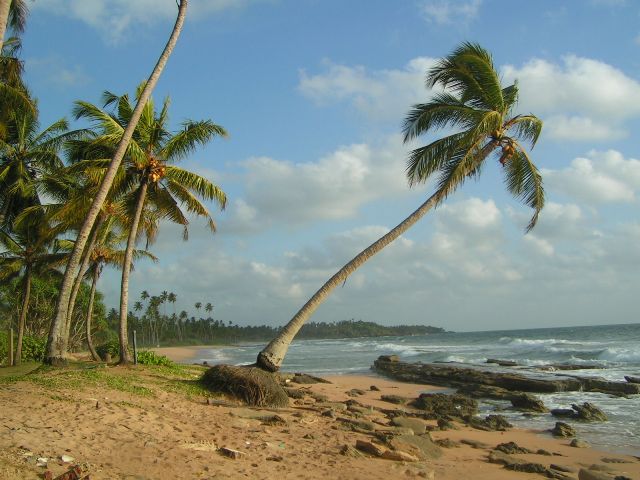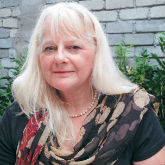Just a short flight across the sea, Sri Lanka offers much to today’s travellers. Frances Wilks shares some of the highlights of the unique island that was her home for eight years.
Sri Lanka has had many names. The Greeks called it Taprobane or the “Land Beyond the World”; the Chinese deemed it a place of no sorrow, and the Arabs believed it to be an isle of delight. All of them reflect the diverse charms of the tear-shaped island lying in the Indian Ocean, just off the tip of India. I prefer Ceylon, which it was called until 1972, when it became the Democratic Socialist Republic of Sri Lanka – in my view a little too wordy a nomenclature for such a tropical paradise. The fact that Sri Lanka has so many names tells us that it has attracted visitors for over two thousand years and, while today’s tourists are more comfortably put up than those of the past, many of the ancient sights are still there to be seen. For many years, parts of Sri Lanka were off limits because of a long-running civil war but, since the peace agreement of 2009, the country has entered into a new era of prosperity and accessibility.
There are several “must-sees” on a trip to Sri Lanka and they include: the ancient ruins of the Cultural Triangle, Kandy and the Hill Country, and the beaches of the south. Colombo is, to be quite honest, optional but schedule a day there if you like to shop. Odel’s in Cinnamon Gardens is three floors of low cost joy whereas House of Fashion on Duplication Road is a wonderful bargain basement emporium. By contrast, Paradise Road, in Alfred House Gardens, stocks high-end household items and antiques. Finally, a visit to Barefoot, which sells colourful hand-loomed textiles, clothes, and handmade gifts, is a must. It is situated on the sea side of the busy Galle Road and has a cool courtyard, filled with sculptures, where you can sip an iced drink and soak up the atmosphere.
The Cultural Triangle

This is the heartland of old Ceylon – a landscape of man-made lakes and complex irrigation systems that enabled the large-scale cultivation of rice. This, in turn, supported the development of highly civilised cities and you can see the evocative ruins of them: Anuradhapura, Polonnaruwa, and the rock fortress of Sigirya.
Anuradhapura, founded around 300 BCE, is a breathtaking city of massive stone dagobas (stupas), temples, palaces, monasteries, and museums. It is intimately connected with Buddhism, as the first missionaries from India preached the dharma there. Don’t miss the Sri Maha Bodhi, said to have grown from a cutting from the very Bodhi tree under which the Buddha attained enlightenment. To get the best out of Anuradhapura, you have to hire a bicycle because the ruins (some of which are still being excavated) stretch over many square miles. Even if you get lost (and you probably will) you will see some amazing sights. It was abandoned around 900 CE, and a new capital was constructed at Polonnaruwa. On a slightly more human scale than its predecessor, it nevertheless has monumental sculpture and extensive ruins. Watch out for the wild elephants that sometimes graze by the roadside.
Sigirya, a dramatic monolith, rises some 180 metres from the plain, and upon the very summit, one of the Singhalese kings constructed a summer palace. Buddhist monks later took it over and lived in the rock caves, some of which are decorated with fabulous wall paintings. The climb up is quite hair-raising as the path at times clings to sheer cliffs but the reward is cool air and spectacular views. My favourite part of Sigriya, often ignored by tourists, is the gardens. Sympathetically restored, they are a fifth-century version of the formal parterres and water features of this Asian
Versailles.
Kandy and the Hill Country
While the coastal areas of the island were dominated by the early colonialists from the sixteenth century onwards (first the Portuguese and then the Dutch), the hill kingdom of Kandy only fell to the British in 1815. It is a peaceful lakeside city, which comes alive during the two week festival of the Perahera, when decorated elephants and Kandyan dancers parade through the streets to the sound of drummers to pay homage at the Sri Dalada Maligawa, or Temple of the Tooth. The silver-encased tooth, said to have been one of Buddha’s, is only displayed to the public on very special occasions. The temple was rebuilt after it was bombed by Tamil Tiger guerrillas in the late 1990s and, although the restoration has been faithful, it perhaps lacks the atmosphere of its predecessor.
The Botanic Gardens at nearby Peradeniya has an outstanding collection of orchids, as well as palms and medicinal plants. Traditional medicine, or Ayurveda, is still very popular and you can get herbal Ayurvedic massages all over Sri Lanka. It’s worth taking a drive up through the tea country to Nuwara Eliya (which means “city of lights,” a strange name for a town where night life ceases around 7pm) and stopping at a tea factory on the way to see how this popular drink is made. Some people like to take the train, which rises to a height of over 6,000 feet above sea level, giving travellers a very different view on the way to the top.
Sea Breezes of the South

If you love beach life, you will want to explore the rocky coves and sandy shorelines of the south of the island. Tangalle, Unawatuna, and Mirissa are all great places to hang out in a hammock, listening to the gentle sound of the sea, novel in one hand and piña colada in the other.
The historic town of Galle, with its Dutch fort and narrow streets, is worth exploring and you may want to buy some locally mined gem stones there. Further east, there is a wonderful wildlife park, Uda Waluwe, where you can see elephants and birds and (occasionally) leopards. Nearby is the pilgrimage town of Kataragama, sacred to both Buddhists and Hindus, which not many tourists frequent. If you like colourful processions and dramatic ceremonies, then visit Kataragama by night for the full effect.
There is a wide range of accommodation all over the island – from backpacker up to five star comfort and elegant boutiques. Wherever you choose to go in Sri Lanka, and in whatever place you stay in, you are bound to have a warm welcome.
Source: The Expat October 2013
What are your thoughts on this article? Let us know by commenting below.No registration needed.
Read more:
"ExpatGo welcomes and encourages comments, input, and divergent opinions. However, we kindly request that you use suitable language in your comments, and refrain from any sort of personal attack, hate speech, or disparaging rhetoric. Comments not in line with this are subject to removal from the site. "




















